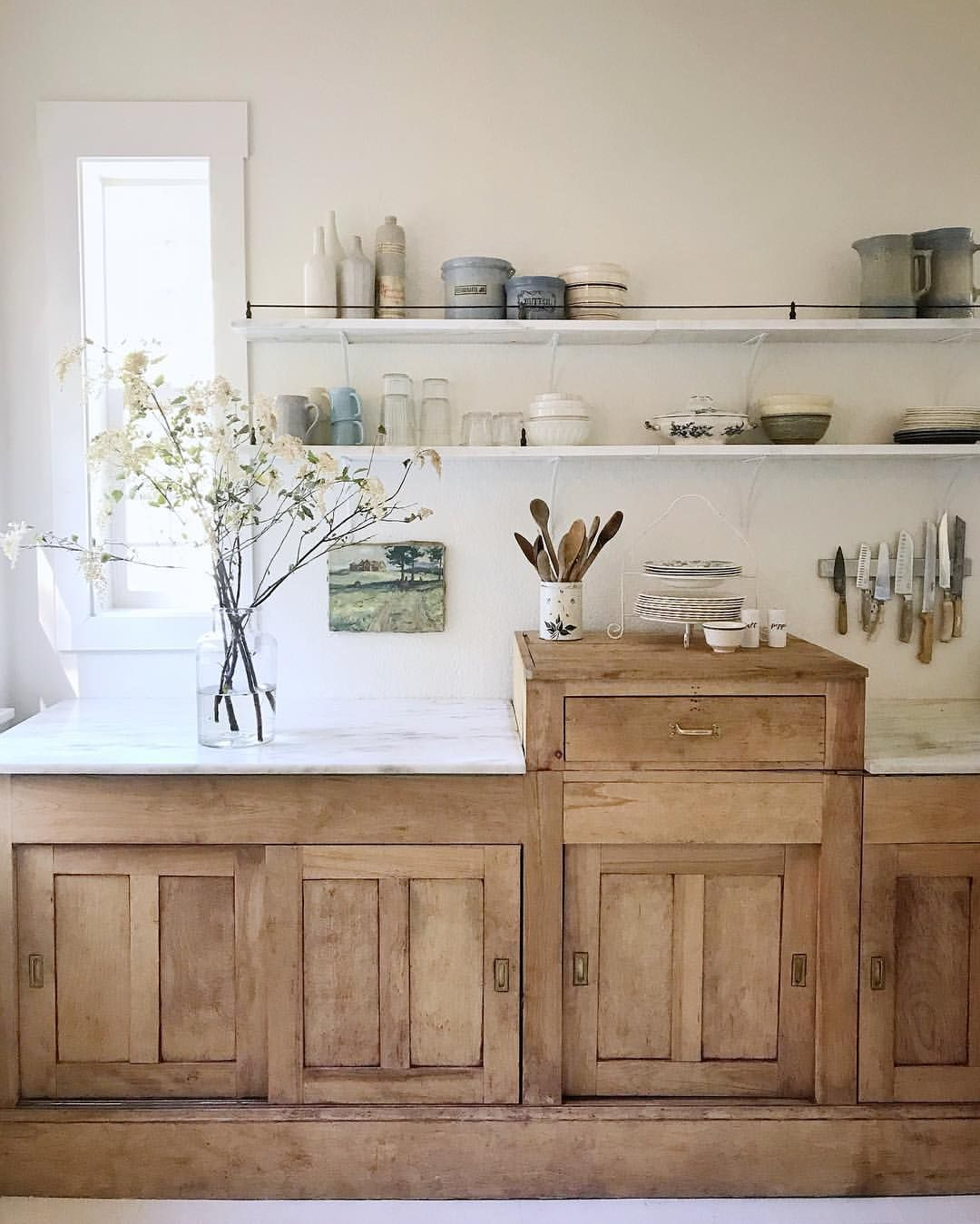How to Design an Eco-Friendly Kitchen That Doesn’t Look Like a Science Project
Vancouver Life Deserves a Kitchen That Works and Woke
Whether you’re designing a slick West End condo kitchen, updating your mid-century rancher in Courtenay, or tackling a DIY reno that may or may not involve a borrowed tile saw - kitchen design is where the big decisions live.
And in 2026, it’s not enough for your kitchen to just look good on Instagram. It’s got to work hard, last long, and not poison your air quality in the process.
Welcome to the eco-friendly kitchen revolution - Vancouver style.
Let’s break down what matters, what’s actually sustainable (spoiler: not all “green” is green), and how to design a conscious, kickass kitchen that feels as good as it looks.
What makes a kitchen “Eco-Friendly” in 2026?
A truly eco-friendly kitchen is way more than recycled tile and bamboo spoons. We’re talking durability, air quality, water efficiency, and smart material choices that reduce environmental impact without ruining the vibe.
✅ Low-VOC finishes (for cabinets, paints, sealers)
✅ Sustainable cabinetry - think FSC-certified wood or formaldehyde-free plywood
✅ Recycled or natural countertops (yes to PaperStone, recycled glass, and terrazzo)
✅ Energy Star appliances that don’t suck up your Hydro bill
✅ Local sourcing - fewer shipping miles, more supporting BC-based makers
Whether you’re planning a kitchen remodel in Kitsilano or updating your cabin kitchen near Qualicum, start here. It’s the difference between greenwashing and green winning.
Photos Source: Pinterest.com
What are the best sustainable kitchen materials right now?
The 2026 materials game is strong—and less crunchy than it used to be. No need to commit to hemp countertops (unless you’re into that). These modern, durable, non-toxic kitchen finishes work for every style:
Cabinets:
Solid wood (FSC-certified) = timeless and tough
Plywood with no added formaldehyde (look for CARB2 or NAUF-rated)
Skip vinyl wraps and melamine if you can
Countertops:
Recycled paper composite (PaperStone) = sleek, low-impact, and warm to the touch
Recycled glass = terrazzo-style shine with serious eco cred
Butcher block (local wood) = sustainable if sealed properly
Backsplash + Walls:
Clay tile from ethical producers
Recycled ceramic or porcelain
Limewash or mineral-based paint = dreamy texture and healthy air
Floors:
Cork = springy, quiet, and renewable
Reclaimed wood = major character, minimal carbon
Linoleum (yes, the real one made from flax—not plastic)
Can I make my kitchen more sustainable without a full reno?
Short answer:
Hell yes.
You don’t need to gut your space to go green.
These low-lift, high-impact updates are perfect for renters, DIYers, or anyone with commitment issues:
Repaint cabinets with low-VOC enamel (goodbye, yellowed mystery finish)
Swap out cabinet hardware for solid metal or reclaimed pieces
Install LED lighting with dimmable options
Add open shelving using reclaimed wood
Use glass containers and pantry organizers to ditch plastic clutter
Live in a small space condo in Nanaimo? Focus on air quality: add an energy-efficient range hood, swap your nonstick pans for cast iron, and open a damn window once in a while.
Photo Source: Pinterest.com
What local brands are doing sustainable kitchen right?
Skip the flat-pack landfill specials.
These Vancouver and Vancouver Island-based makers are creating eco-conscious kitchens with style and soul:
🪵 Union Wood Co. (Vancouver): Reclaimed wood cabinetry and custom islands that feel heirloom-worthy
🔨 North Shore Woodworks: High-end, FSC-certified cabinetry for custom builds
🌿 Live Edge Design (Duncan): Ethical live-edge counters and shelving using salvaged Island wood
🍽️ GreenWorks Building Supply (Vancouver): Source for no-VOC finishes, flooring, and cabinets you can actually feel good about
These aren’t just sustainable - they’re locally rooted, which makes your kitchen feel more “West Coast modern” and less “generic Pinterest inspo.”
FAQ
Q: What’s the most eco-friendly kitchen countertop in 2026?
A: PaperStone (recycled paper composite), recycled glass, or locally sourced wood sealed with food-safe oil.
Q: Can I do an eco kitchen reno in stages?
A: Absolutely. Start with finishes and lighting, then work your way through appliances and cabinetry when budget allows.
Q: Do low-VOC materials actually matter in kitchens?
A: Yes—especially in smaller homes and condos. Less off-gassing = better air quality in the space where you cook, eat, and probably check emails.
Photo Source: Pinterest.com
Final Thought
Designing a sustainable kitchen in Vancouver or Vancouver Island in 2026 doesn’t mean sacrificing function or style.
It means designing smarter - with materials that last, don’t off-gas, and make your home (and the planet) a little healthier.
Whether you’re going full gut-reno in the suburbs or doing a soft glow-up on a downtown condo kitchen, every decision counts.
And hey, if it also gets you more compliments on your countertops? You’re welcome.
Wanting to add value to your Vancouver Home? Check out our What Adds the Most Value in a Vancouver Home Renovation? (Room-by-Room Guide).




